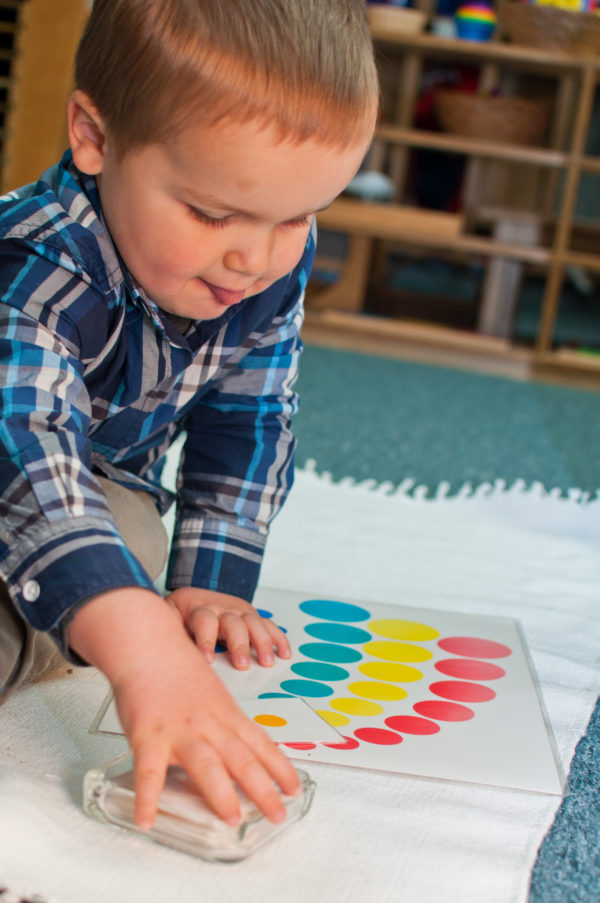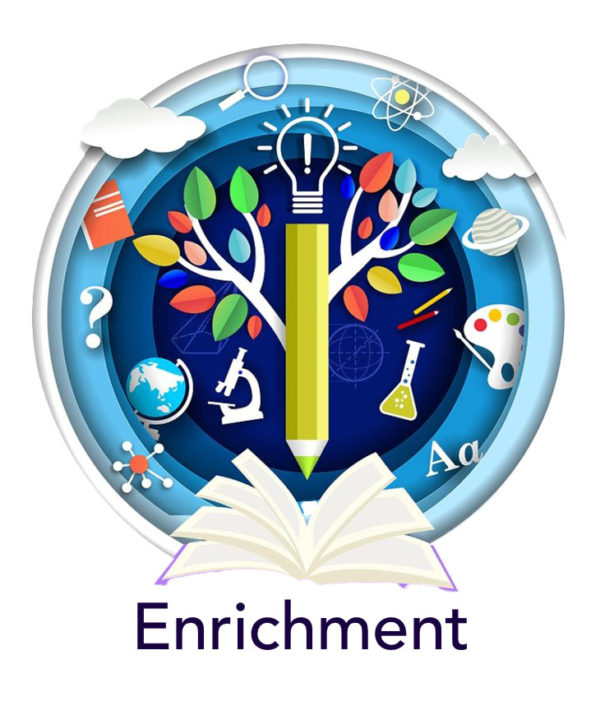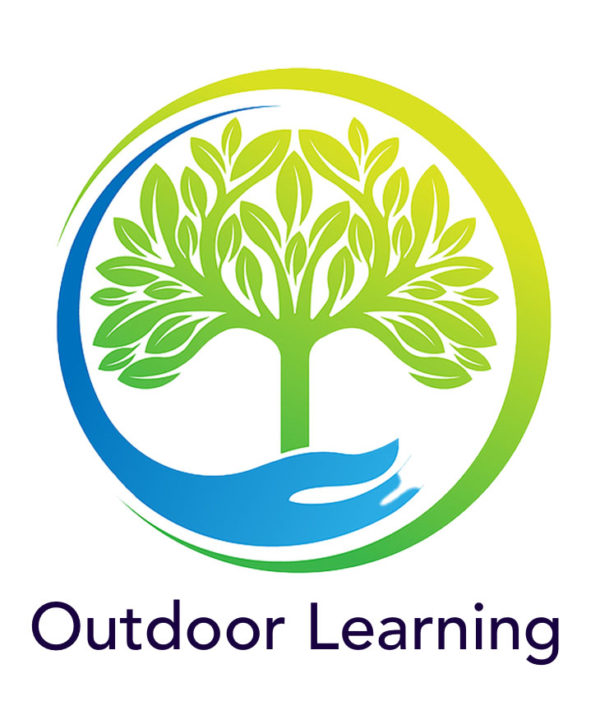Children’s House Program
Our Children’s House program is dedicated to providing a highly individualized and developmentally appropriate curriculum that is designed to enhance a natural love of learning, independence, and self-discipline. Our holistic approach focuses the intellectual, emotional, physical, and social development of each child.
Central to the Montessori philosophy is the notion that young children possess an innate drive to explore and learn about their world through systematically and purposefully investigating their environment.
Whereas the children are given the freedom to choose their work and to pursue their interests in as much depth as they need, they are also carefully guided to ensure that they are receiving a balanced exposure to all areas of the curriculum. Each child progresses through a traditional three-part curriculum consisting of practical life, sensorial, and academic topics, which includes mathematics, language, science, and cultural studies such as art, geography, and music.
The program also heavily emphasizes the development of cognitive and psychosocial skills. In addition to the standard curriculum, we also offer special enrichment classes, such as Spanish.

Children’s House Highlights
Curriculum Overview
Sensorial
The sensorial area helps children to acquire information from their environment and classify that information to solve problems. Examples of sensorial skills are sorting from largest to smallest, matching fabrics by touch alone, and learning how to name and identify both two-dimensional shapes and three-dimensional solids.
Practical Life
In the practical life area, our students develop concentration, coordination, and independence. They practice skills that help them care for themselves and develop their fine motor skills. Examples of practical life works are pouring water, using tongs, washing windows, and preparing food.
Language
Materials in the language area help children to first develop pre-reading skills such as understanding sequence and visually discriminating amongst shapes. Students then move on to sandpaper letters to teach the shape of letters and their sounds. We use moveable alphabet letters so children can begin forming words. Our approach to literacy is a blend of phonics and whole-language methods.
Mathematics
The math area is divided into several sections: quantities 1-10 (where a child’s one-to-one correspondence becomes fixed and numeral symbols are clearly associated with quantities); operations (addition, subtraction, multiplication, and division); linear counting (eventually resulting in counting to 1000); and the decimal system (place value into the thousands).
Science & Geography
The math area is divided into several sections: quantities 1-10 (where a child’s one-to-one correspondence becomes fixed and numeral symbols are clearly associated with quantities); operations (addition, subtraction, multiplication, and division); linear counting (eventually resulting in counting to 1000); and the decimal system (place value into the thousands).
The greatest sign of success for a teacher… is to be able to say, ’The children are now working as if I did not exist.’
~ Maria Montessori


